[content_slider]
[content_slide]
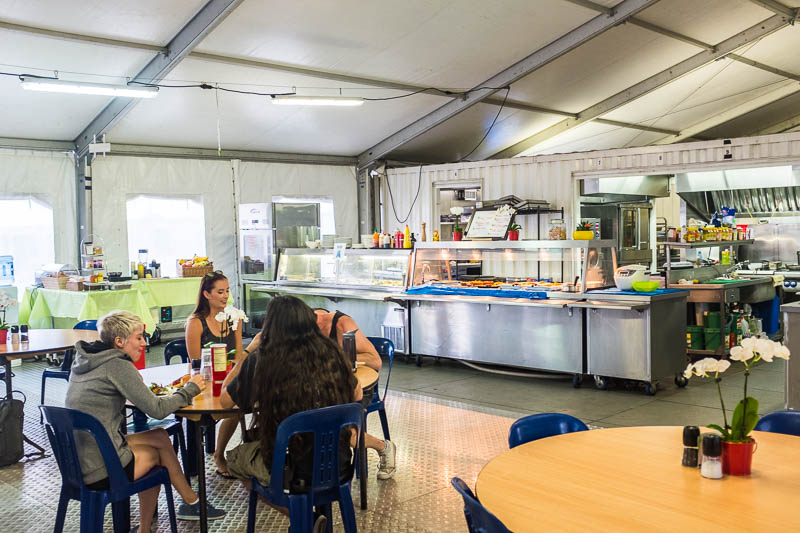
[/content_slide]
[content_slide]
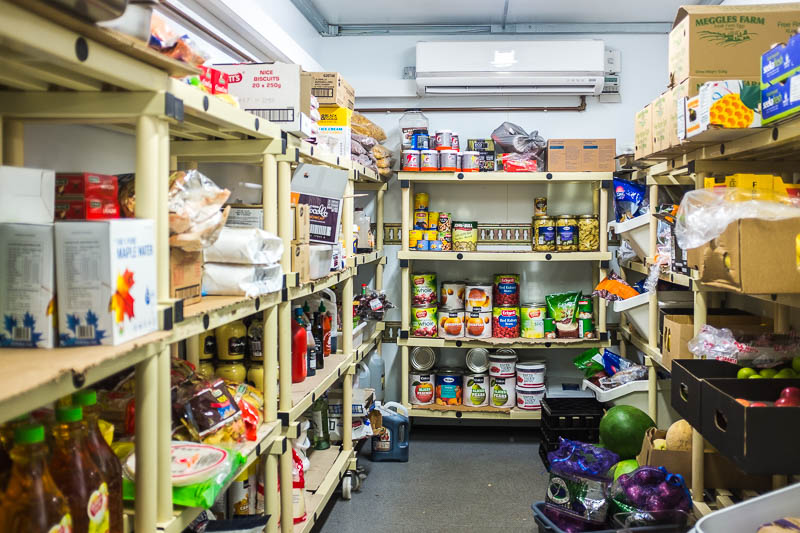
[/content_slide]
[content_slide]
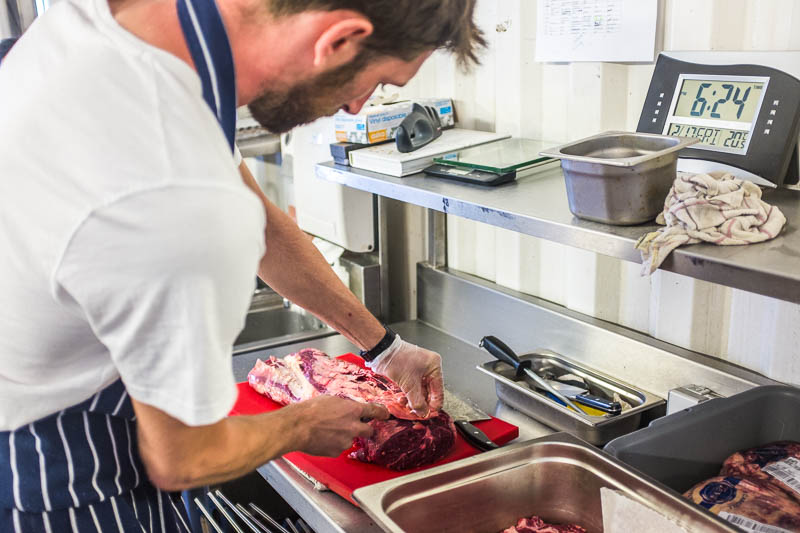
[/content_slide]
[content_slide]
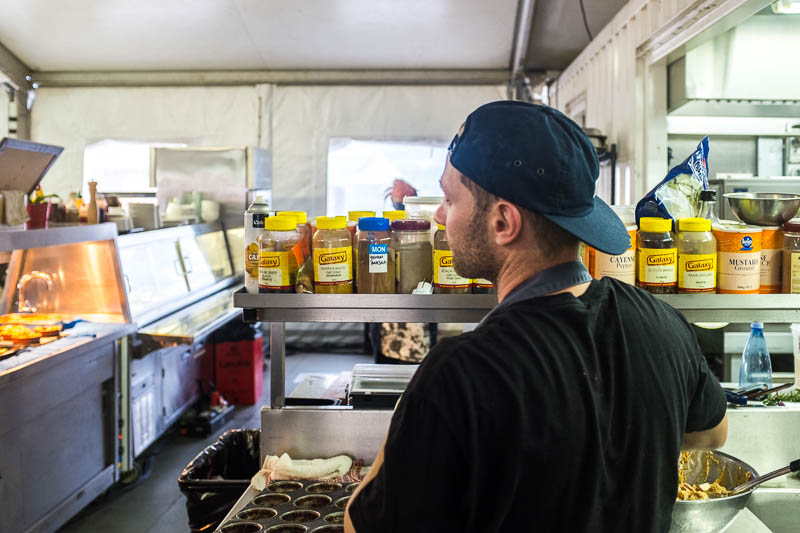
[/content_slide]
[content_slide]
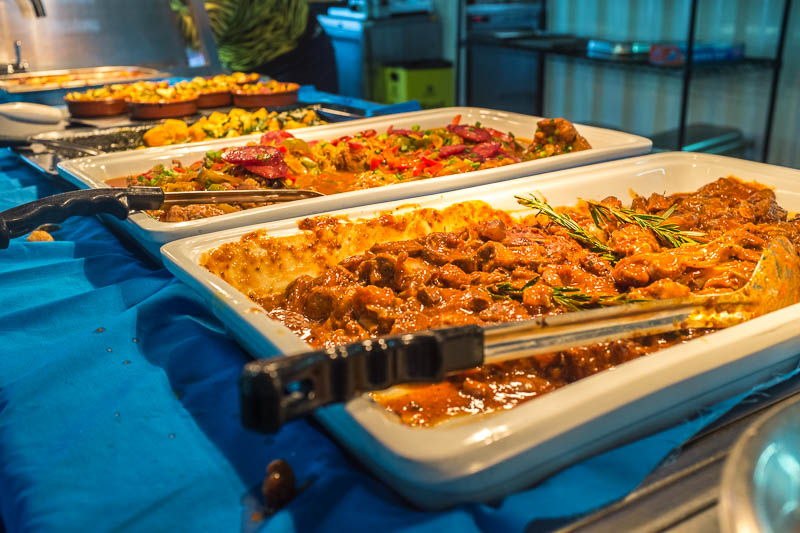
[/content_slide]
[content_slide]
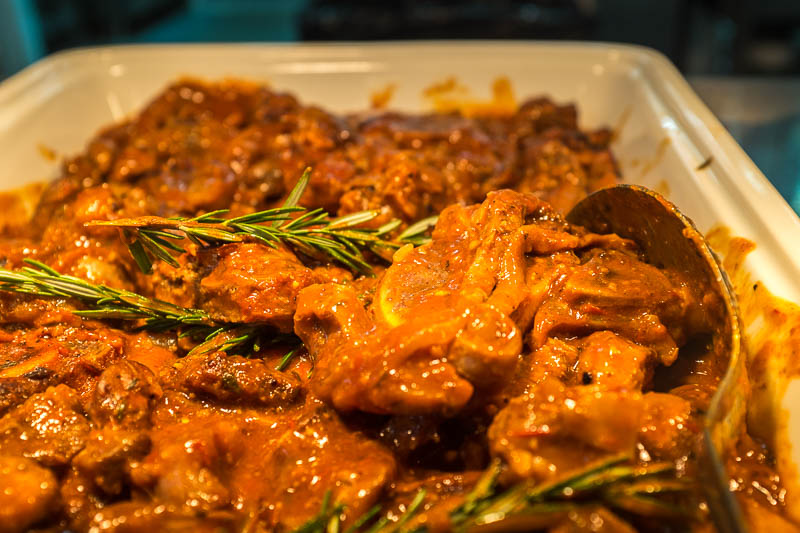
[/content_slide]
[content_slide]
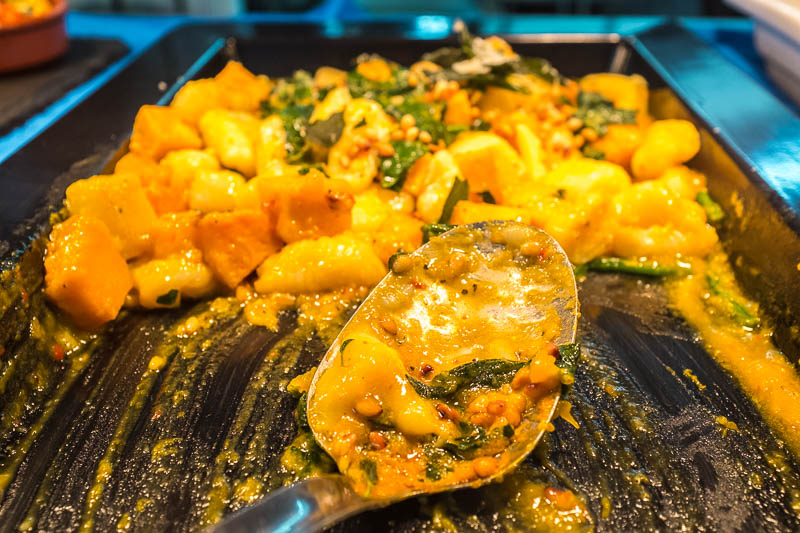
[/content_slide]
[content_slide]
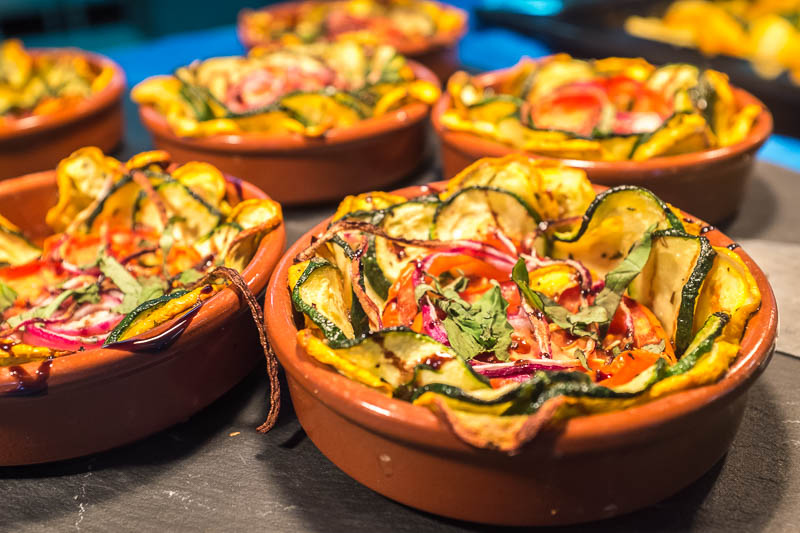
[/content_slide]
[content_slide]
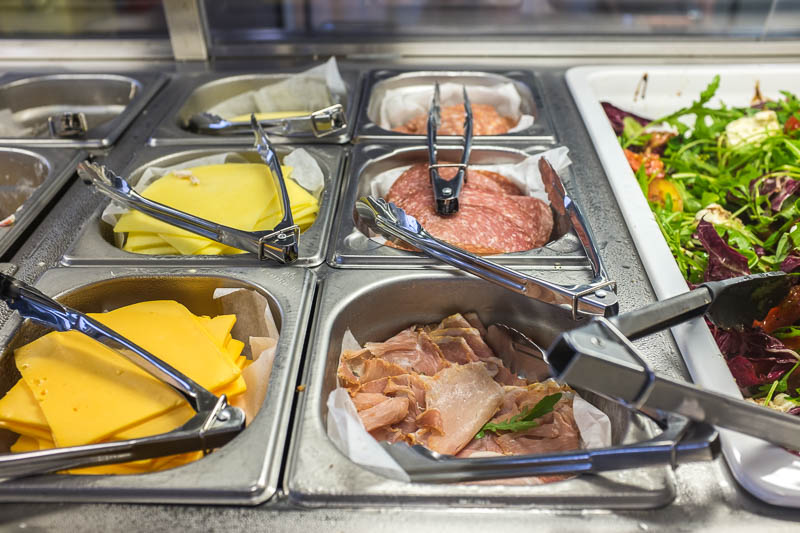
[/content_slide]
[content_slide]
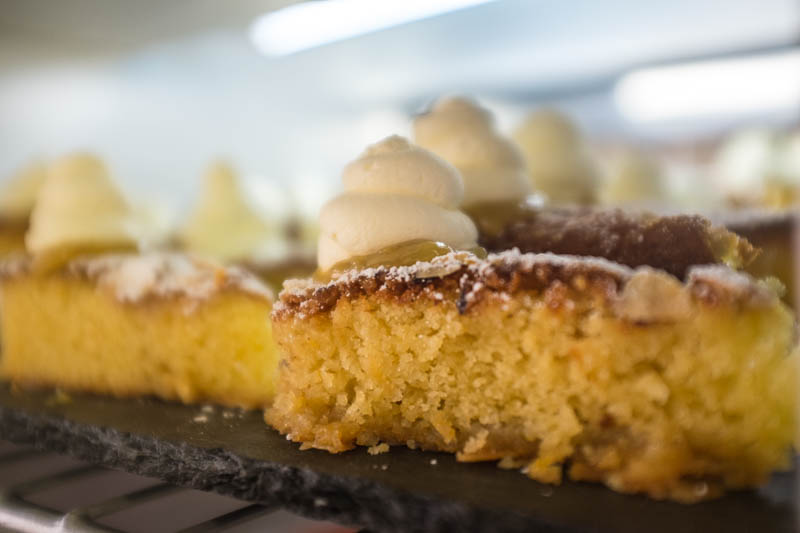
[/content_slide]
[content_slide]
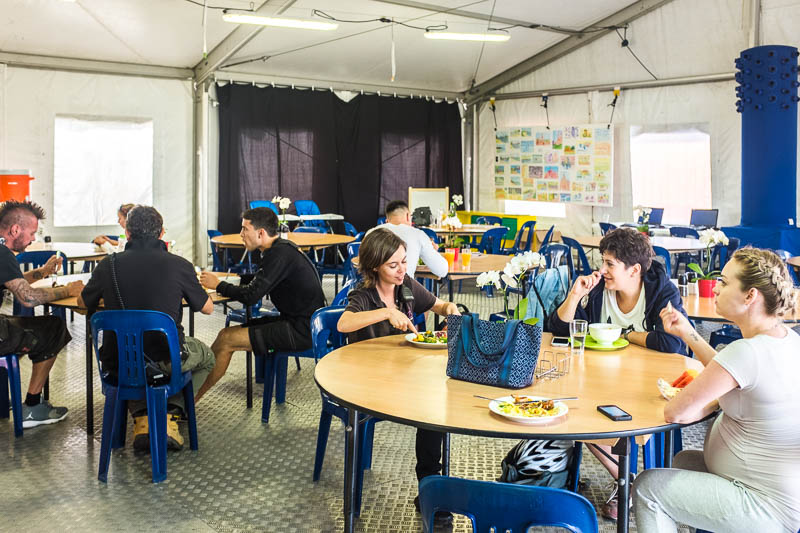
[/content_slide]
[content_slide]
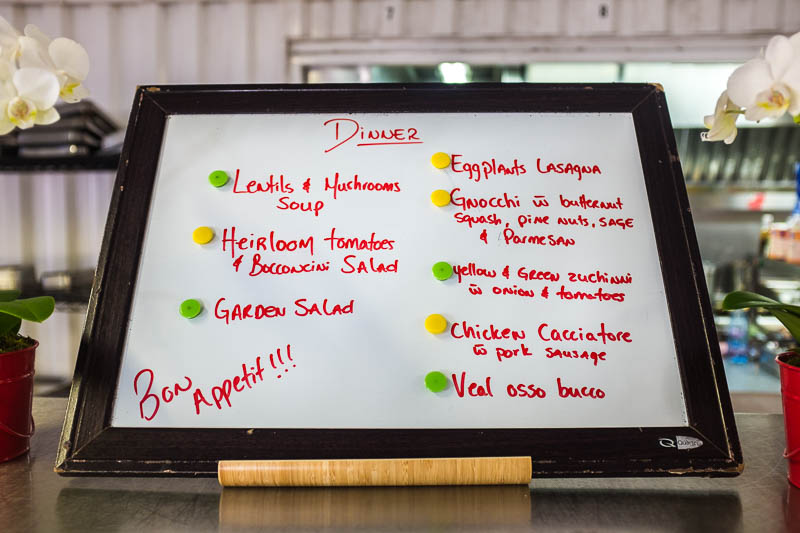
[/content_slide]
[content_slide]
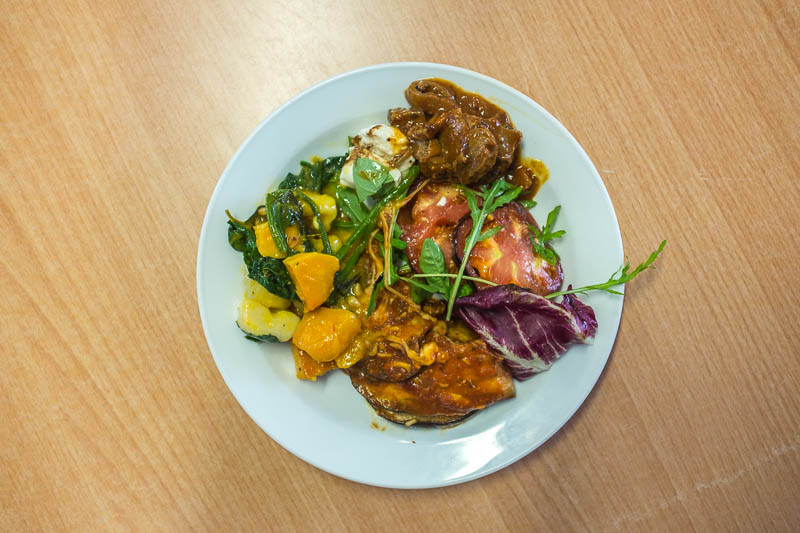
[/content_slide]
[content_slide]
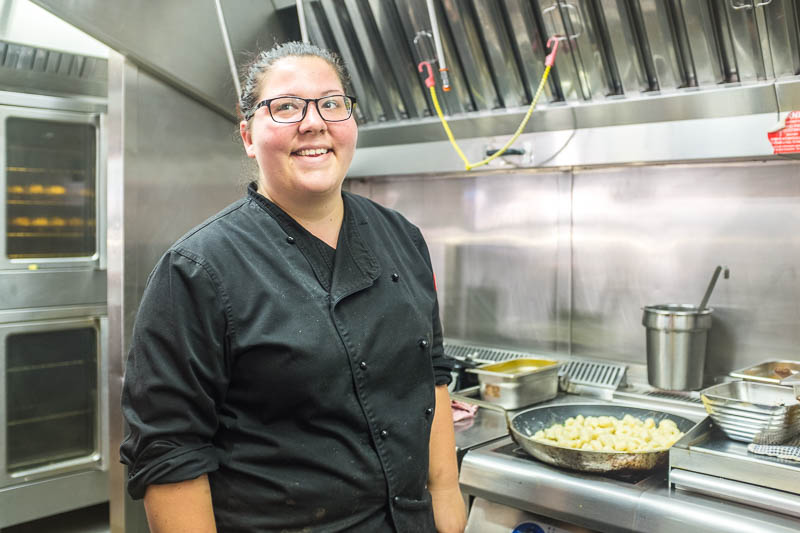
[/content_slide]
[content_slide]
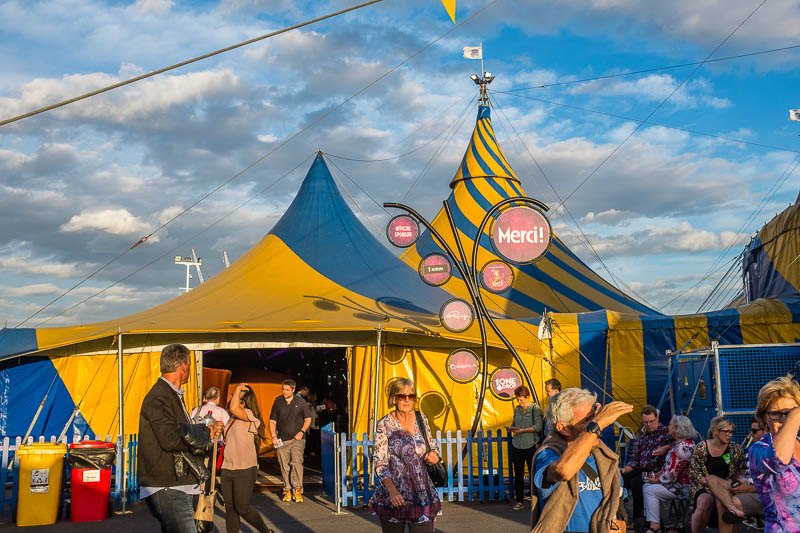
[/content_slide]
[content_slide]
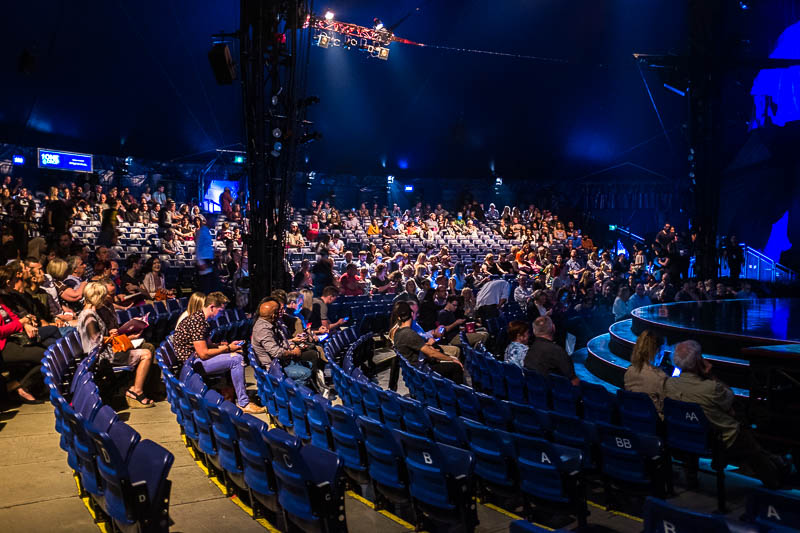
[/content_slide]
[content_slide]
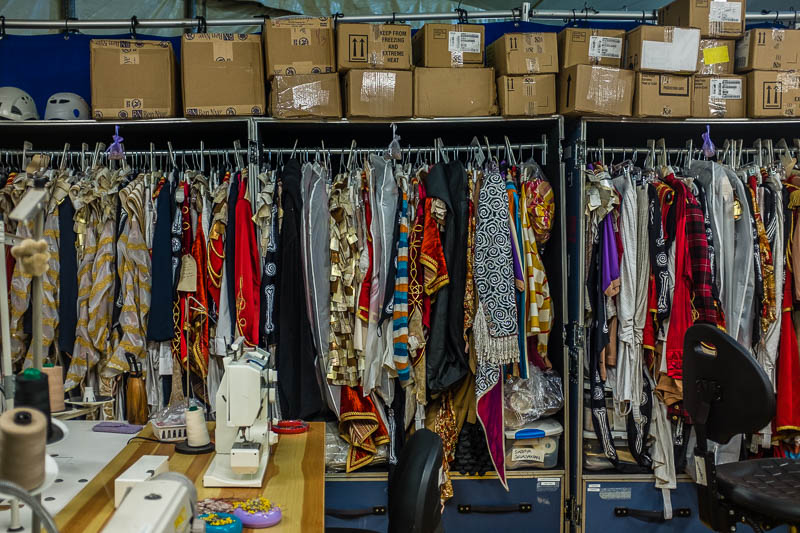
[/content_slide]
[content_slide]
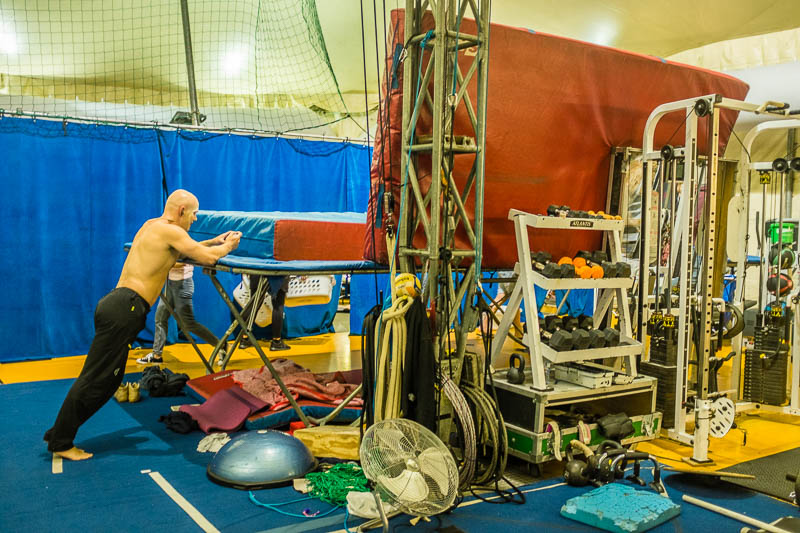
[/content_slide]
[/content_slider]
MELBOURNE | Cirque du Soleil needs no introduction. Since being founded by two Montreal street performers in 1984, it’s grown to become the largest largest theatrical producer in the world. Its shows tour the world (there are currently 17 active shows) and employ approximately 4,000 people from over 40 countries. The City Lane was invited to see KOOZA, which has been touring since 2007, and is currently in Melbourne. The itself is fantastic, an entertaining homage to the classic circus, full of astounding physical feats an fantastic music. This article isn’t about that thought. What we were treated to before the show was a behind the scenes look at some of the things that help make the production happen – more specifically, the kitchen.
As part of this behind the scenes tour, we met with head chef Julie, who along with her kitchen team, are tasked with feeding the 120 full time performers and crew, as well as the approximately 70 family members who accompany them. The kitchen operates six days a week and is open from morning to night. It has a dual purpose as both a place to eat, and a meeting place in which to chill out. Each day three menus are created by the four chefs, featuring an array of food served buffet style with the aim of pleasing everyone’s tastes and dietary requirements. The performers obviously have to be at peak physical performance, and the menu uses a traffic light system which indicates whether an item is healthy, kind of healthy, or naughty.
The entire production moves around the world in 60 trailers – the site takes nine days to set up and three days to disassemble, and the kitchen forms part of this, being essentially a tent and a shipping container. It’s a fully featured kitchen, with a full range of utensils, burners, ovens and the like. There’s a large cool room out the back where food can be stored, and the kitchen makes the most of what’s fresh and available locally. There’s a hot food station, salad bar, dessert and fruit fridge, and a breakfast bar. There’s also a little cooking station that people can use if they want to cook up their own meal.
There are over 17 nationalities represented at KOOZA, and the chefs try to ensure that the rotating menu features menu items from all of these, along with influences from wherever the show happens to be touring at the time. One day there might be Mexican on the menu, the next Korean or Italian. Cast and crew are also able to request certain items, and the chefs will do their best to whip up something. Touring Publicist, Mami Ohki, who hails from Japan, gave us an example of a time that she requested sushi, and the kitchen staff made a version using what they had at the time, using quinoa instead of rice. The verdict – inauthentic but delicious!
If you’re wondering which cuisine the cast and crew enjoy the most, the answer is Mexican, while Sunday brunch is the most popular meal time. When we visited, the menu was suitably varied with an Italian theme – lentil and mushroom soup, heirloom tomatoes and bocconcini salad, eggplant lasagna, veal osso bucco, gnocchi, and banana cake just to name a few of the things on offer. Don’t let the photos of the buffet-style serving arrangement and bain-maries fool you either – the quality of the food here is top notch, and we were very impressed by what we tried.
Here’s an example of the volume of food that is used in a give week – 800 eggs, 400kg of protein/meat/seafood, 80kg fresh fruit, 100kg vegetables, 60kg potatoes, 4 boxes of bananas. The kitchen is open almost all day due to the fact that everyone’s meal times are different. Crew tend to eat at ‘normal’ times, while the artists meal times depend on whether they have training on the day, and whether they are performing. Larger, muscular artists carb-load before the show while those involved in more gymnastic feats, like Mongolian contortionists Odgerel Byambadorj and Sunderiya Jargalsaikhan (one of the show’s highlights for us), don’t eat until after the show.
Towards the end of the tour in a given country, any remaining food has to be consumed and the kitchen staff get very creative. Any food left over at the end of all this is donated to a local charity to help feed those in need.
We always knew about the amazing physical feats performed by the artists at Cirque du Soleil shows, but seeing what happens behind the scenes in the kitchen gave us a real appreciation of the feats performed by the kitchen staff every day!
KOOZA is running until 26 March in Melbourne, before moving on to Perth, followed by Singapore. You can check show times and book tickets here.
Cirque du Soleil: KOOZA
When: 20 January 2017 – 26 March 2017
Cost: Starting from $60.00
Where: Flemington Racecourse. 448 Epsom Road, Flemington VIC 3031

